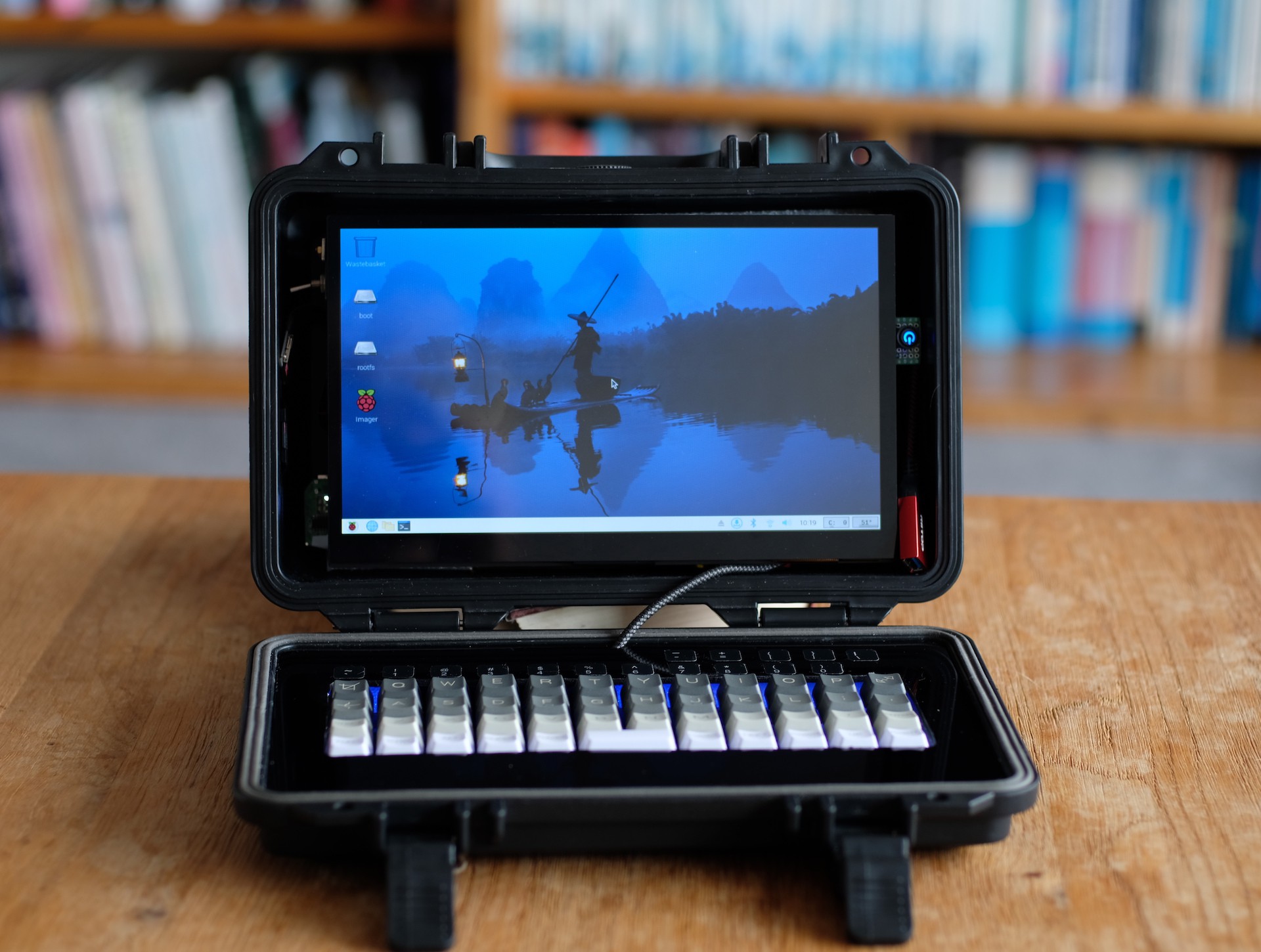The new version of the Raspberry Pi OS (Bookworm) as I mentioned above now uses Wayland rather than X. Consequently the config.txt hdmi commands recommended by WIMAXIT to configure their display for a Raspberry Pi no longer work. The display still works but the resolutions it offers 1920x1080 etc results in blurred text and images.
My first attempt to remedy this was to convert the hdmi-timings to a custom modeline in the the ~/.config/wayfire.ini file as outlined in raspberry pi configuration documentation:
[output:HDMI-A-1]
mode = custom_mod_1
custom_mode_1 = 51.2 1024 1224 1242 1442 600 650 653 703 +hsync +vsync
position = 0,0
transform = normalThe problem with this is as follows. When Pi boots up, it starts with the display in 1920x1080 which is visible but blurred on the WIMAXIT. I can then select 1024x600 resolution from screen preferences and the display is fine - so the custom mode line works. However, the entry above in wayfire.ini gets overwritten with:
[output:HDMI-A-1]
mode = 1024x600@50507
position = 0,0
transform = normal
and then the next time, I boot, the 1024x600 resolution is not available.
The real issue is that the WIMAXIT display does not return an EDID - Extended Display Identification Data - description and so the RPOS assumes it is a standard monitor. To remedy this I used edid-generator to produce a custom edid file 1024x600.bin which must be stored in /lib/firmware/edid. Finally, cmdline.txt is updated to register the edid file:
drm.edid_firmware=HDMI-A-1:edid/1024x600.bin video=HDMI-A-1:1280x800@60D console=serial0,115200 console=tty1 root=PARTUUID=4cad4df9-02 rootfstype=ext4 fsck.repair=yes rootwait quiet splash plymouth.ignore-serial-consoles cfg80211.ieee80211_regdom=GBThe video clause is to make the splash screen more visible even though it is the wrong resolution. Since 1024x600 is a non-standard aspect ratio, it has no effect if included in a video declaration.
The end result shown below seems to work correctly as shown below with the Portable Pi running 64-bit Bookworm.

I have uploaded the edid file to the project file section. However, although it works, it may not be completely correct as it results in a few error lines in the boot log.
Next problem is to get the HDMI speakers to work....
 jefmer
jefmer
Discussions
Become a Hackaday.io Member
Create an account to leave a comment. Already have an account? Log In.